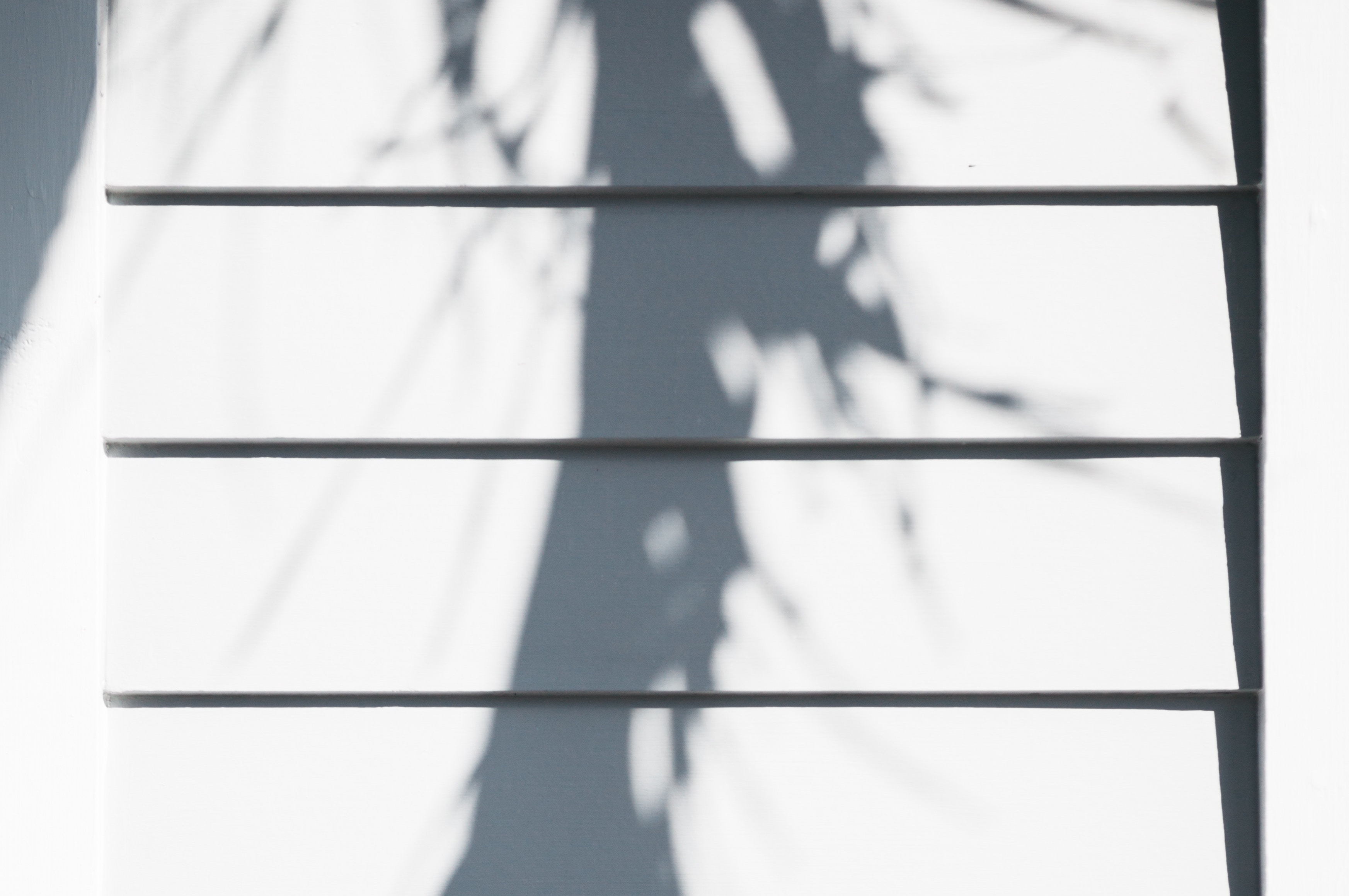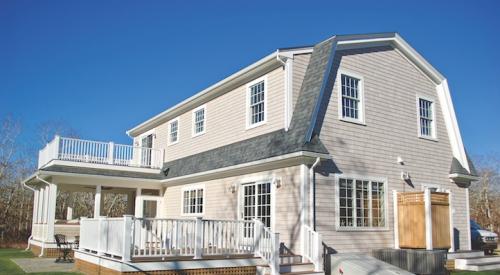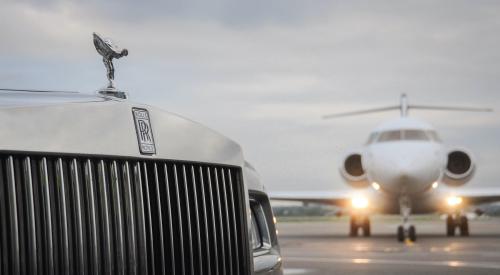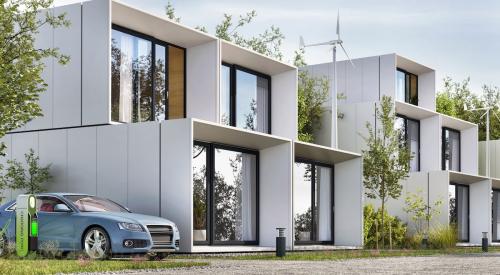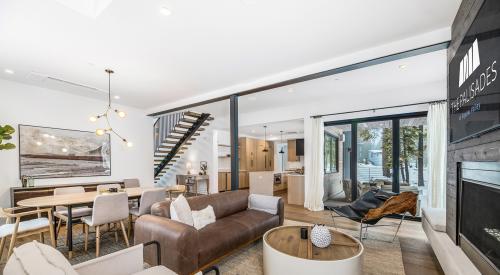Prefabricated homes inspire a lot of excitement from designers, celebrities, environmentalists, and some builders. Yet, some wonder why there aren't more prefab homes being built.
Joseph Tanney, co-founder of New York City-based Resolution: 4 Architecture and winner of the 2002 Dwell magazine architects competition to design a $200,000 prefab house is also asking what's taking so long. He explains to The Washington Post that new prefab projects inspire investors' enthusiasm, yet builders have been slow to adopt such projects, “One reason is that [the building industry], like many others, is a litigious one. People have a greater propensity to do something the way it’s already been done.”
Architects, environmentalists and some forward-thinking builders embrace prefab construction — whose products run the gamut from affordable manufactured homes to sleek tiny houses with ultramodern finishes to contemporary mansions — as the way every home should be built in the future, says Greenwich, Conn.-based Sheri Koones, author of “Prefabulous Small Houses” and other books about prefab houses. But despite having been around for decades, prefab or modular homes made up just 2 percent of new single-family houses in 2016, according to the U.S. Census Bureau.
